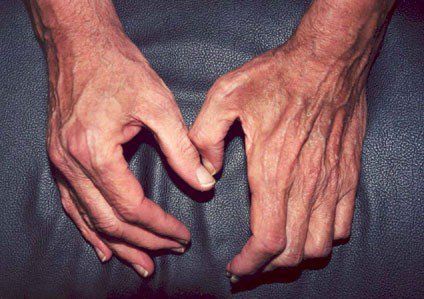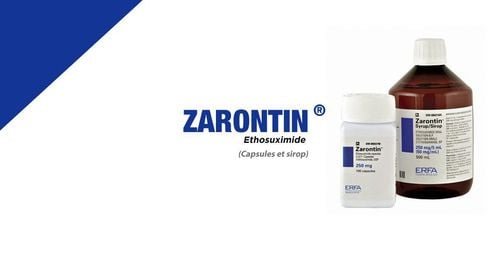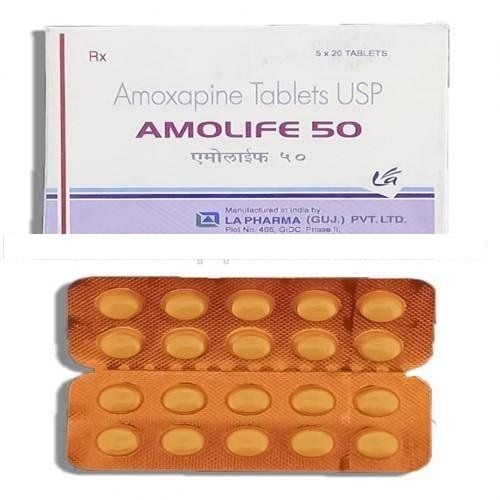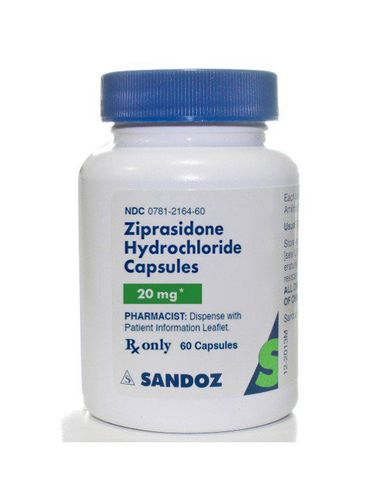This is an automatically translated article.
Acute dystonia is a state of spasticity or abnormal movement of the muscles of the head, neck, limbs or trunk. This condition may appear within a few days of taking or increasing the dose of the sedative. Treatment of dystonia includes injections of Botulinum toxin, anticholinergic drugs, or muscle relaxants.
1. What is acute dystonia?
Dystonia is a syndrome of movement disorders characterized by abnormal movements of muscle groups, manifested by convulsions, muscle spasticity, twisting, intermittent spasms or formations. unusual postures. The prolonged movements of dystonia may be accompanied by excessive muscle spasms, similar to tremors.
The severity of dystonia varies depending on the patient's movement and posture. For example, writer's cramp is a type of dystonia that manifests in the hands and arms and occurs only when writing and not during other activities.
Acute dystonia occurs in about 2% of patients receiving sedation. This usually occurs within a few days of taking or increasing the dose of the sedative.
2. Classification of dystonia
Dystonia is classified in three ways: age of onset, distribution of body regions affected, and cause of dystonia.
Age of onset of dystonia:
Early onset: Disease onset is in childhood and youth, usually under 26 years of age Late onset: Disease onset is 26 years of age or older According to distribution of body regions affected :
Local: Only affects a single body area. Segmental: Affects two or more contiguous regions of the body, eg, dystonia of the face and neck. General: Affects at least one leg, trunk and another body area or trunk and two other body regions. Multifocal: Affects two or more discontinuous regions of the body, eg, dystonia of the neck and legs. Hemiplegia: Affects one side of the body, also known as partial dystonia. By cause:
Hereditary dystonia Primary dystonia (idiopathic) Secondary dystonia

Loạn trương lực cơ cấp có thể do yếu tố di truyền
3. Causes of acute dystonia
Dystrophy may be hereditary, primary or secondary.
3.1. Genetic causes Inherited diseases of autosomal recessive or dominant genes on autosomal or X chromosome.
Primary systemic dystonia: This is a rare disease caused by mutations in the dominant DYT1 gene. autosomal dominant, usually in infancy. Muscle dystonia initially in the legs, feet or trunk, then moves to the head, causing systemic manifestations, if severe, muscle spasms, twisting. Levodopa-responsive dystonia: This is a rare genetic disorder that usually begins in childhood. The disease usually manifests first in one leg, e.g. cramps, difficulty walking and significantly reduced symptoms with low-dose levodopa. 3.2. Primary (idiopathic) etiology Acute dystonia without neurological, genetic, or laboratory or imaging abnormalities. The onset and progression of symptoms are often gradual and impermanent. However, sometimes areas with long-standing dystonia may experience muscle contractions, especially when dystonia occurs at both rest and exercise.
3.3. Secondary cause Disease or anatomic abnormality of the central nervous system or drugs, often accompanied by other neurological manifestations such as muscle weakness, spasticity, convulsions, loss of balance, abnormal eye movement, abnormality retina, cognitive decline.
Central neuropathies causing acute dystonia include:
Wilson's disease Hallervorden-Spatz disease (pantothenate kinase-associated glioma associated with PANK2 mutations) Dyslipidemia scattered cerebral palsy Stroke Cerebral hypoxia, asphyxia Drugs are the most common causes of acute dystonia, including:
Sedatives (thioxanthenes, phenothiazines, butyrophenones) Antiemetics (prochlorperazine, metoclopramide)

Một số loại thuốc có thể gây loạn trương lực cơ cấp
4. Diagnosis of acute dystonia
Diagnosis of acute dystonia based on clinical. Diagnostic criteria include at least one of the following signs and symptoms appearing related to the use of sedatives as follows:
Abnormal head and neck posture: Torsion of neck muscles, neck arching... May cause head and neck dislocation. Contraction of jaw muscles: grimacing, gaping, stiff mouth. Difficulty swallowing, difficulty speaking, difficulty breathing. Slurred speech, tongue stiffness, tongue dysfunction or dysarthria. The eye is pulled downward or upward to one side, sometimes with inversion of the eyeball. Abnormal posture of limbs or torso. Signs and symptoms appear within a few days after starting the drug, increasing the dose of the sedative, or after reducing the dose of the drug to prevent extrapyramidal symptoms.
5. Treatment of acute dystonia
Treatment of acute episodes of dystonia Systemic dystonia is treated with anticholinergics (Benztropine), antihistamines (Promethazine), muscle relaxants (baclofen), benzodiazepines (diazepam, clonazepam) or a combination. drugs together. When systemic dystonia is severe or unresponsive to the above drugs, it can be treated with unilateral pallor-stimulated radiosurgery.
Localized or segmental dystonia or systemic dystonia that mainly affects one part of the body is treated with botulinum toxin injections to induce muscle paralysis. Botulinum toxin injections cause focal muscle weakness, which is effective in about 50 to 85% of patients with hemifacial seizures, neck dystonia, and eyelid dystonia.
Prophylactic treatment of dystonia Once the acute dystonia has resolved, anticholinergic therapy with antipsychotics should be continued for 4 to 7 days. Thereafter, the dose should be reduced gradually to avoid the recurrence of acute dystonia due to abrupt discontinuation of sedation.
If the patient does not respond to anticholinergics, it can be substituted with Amantadine 10mg administered 1 to 3 times a day.
For high-risk patients, especially young male patients receiving high-dose sedation, anticholinergic prophylaxis is required. During treatment, it is necessary to monitor for side effects such as dry mouth, blurred vision, urinary retention.
In summary, dystonia causes abnormal movements, muscle spasticity, spasms, or twisting and is diagnosed clinically. Acute dystonia may occur after starting or increasing the dose of sedation. Generalized dystonia often occurs secondary to a medical or drug-induced disorder. Localized dystonia is more common and usually begins in adulthood. Treatment of systemic dystonia is primarily with anticholinergics or muscle relaxants. Treatment of localized or segmental dystonia and systemic dystonia mainly affecting one part of the body with botulinum toxin injections. In particular, prophylactic treatment is required after acute dystonia.
Please dial HOTLINE for more information or register for an appointment HERE. Download MyVinmec app to make appointments faster and to manage your bookings easily.













